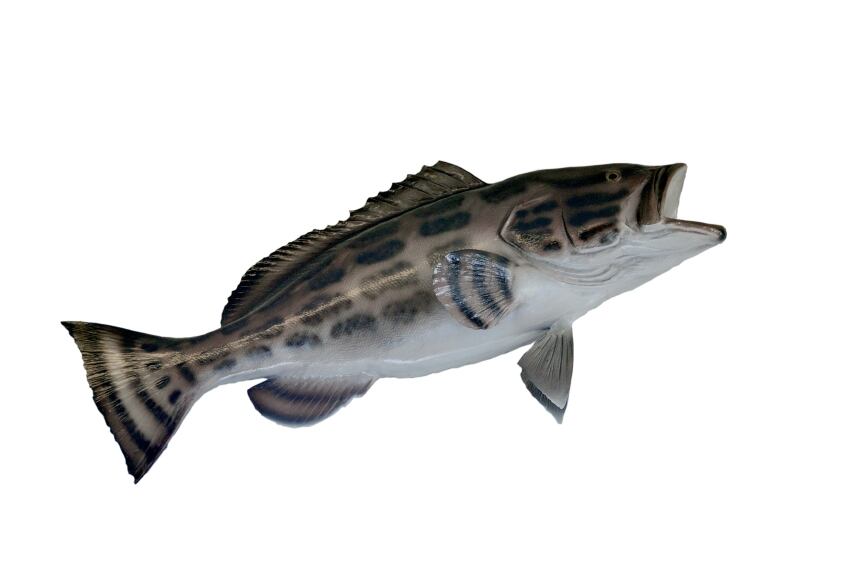Extensive sampling across all 28 EU member states as well as Switzerland and Norway is part of a new regime to determine the extent of fraud in high-risk foods.
In all, 2,237 tests on honey were carried out between June and November 2015. Of these, 61% were single origin and 31% were ‘blended’ honeys.
Almost one in five (19%) were non-compliant in one of four checks:
- physio-chemical parameters such as processing methods
- source
- sugar content
- ‘other labelling aspects’, such as the use of non-authorised health claims.
Almost a third (30%) of the fraudulent products had been bulked out with cheap sugar syrups. Through pollen analysis 37% had been labelled with the wrong botanical source and 10% with the incorrect geographical origin.
Not surprising
The levels of non-compliance are high but expected, according to Fiona Dargie, head of food processing at Scotland-based risk management company Acoura.
“People often associate food fraud with red meat and white fish, but with honey becoming less cost-effective and more difficult to produce in the desired volumes it isn’t surprising that we’re seeing more cases of substitution and mislabelling,” she explained.
“[Honey] is a food stuff many assume will be completely natural [and] there’s every chance buyers aren’t examining their suppliers in enough detail.”
In addition, 13% of the 2,237 honey samples were classified as being “unusual or questionable”. This could mean that 32%, or very nearly one in three, of the honey products tested fall foul of EU laws.
Final results are expected in mid-2016, in which a further 1,200 samples will be analysed using more advanced methods.
Fish fraud 6%
The analysis of fish products – in the same period – provided more reason or cheer. Of the 3,906 products tested, both processed and unprocessed, only 232 (6%) were not compliant with EU labelling laws.

Non-compliance was slightly more frequent in samples from border inspection posts (7%), retail (7%) and mass caterers (8%) than for markets and traders (3%), cold stores (4%) and processors (4%), the European Commission noted.
Though cod and hake represented the largest number of non-compliant samples (30 and 27 respectively), they were the most commonly-tested species. Grouper (31%), common sole (24%) and yellowfin sole (15%) actually had the highest non-compliance rates.
Looking at the country-specific results, there are some areas for concern – not least Malta, Estonia and Latvia where non-compliance rates were 27%, 17% and 14% respectively. In Germany, too, more than one in 10 fish (11%) had been mislabelled.
At the other end of the table are Lithuania, Luxembourg, Portugal and, most notably, Ireland.
In 2010, researchers found that one in four cod and haddock products taken from supermarkets and restaurants in the capital, Dublin, were actually entirely different species. But every one of the 76 samples taken between June and November this year was correctly labelled.
The findings support research published last week. DNA testing of 1,563 supermarket products in six EU countries showed mislabelling rates of under 5% – which is “almost expected by chance due to human error”, according to project lead Professor Stefano Mariani from the Ecosystems and Environment Research Centre at the University of Salford.
